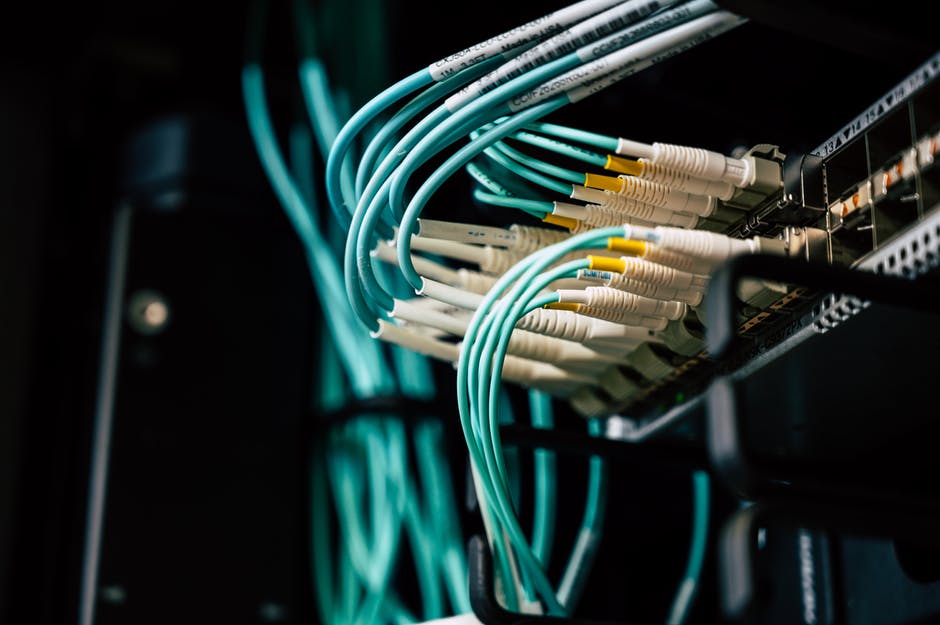Researchers report that the market size for network cabling services will grow to $20.88 billion by 2030.
The rapid growth in technology has brought about many changes in our operations. Businesses are taking advantage of modern tools to improve their services.
However, these tools need the right network to support them. Businesses have been using LAN cables for a long time. But the cables can’t accommodate much workload.
Structured cabling companies aim at installing efficient network systems in a facility. The systems support more bandwidth and have a higher internet speed.
Let’s take a deep dive into what network cabling services are and how they work.
How Structured Cable Works
A network cabling system involves three main components – switches, trunks, and patch bays. A patch bay is like a connection hub connecting cables to a network rack. You can find patch panels in communication closets.
The switches are devices that receive data from the patch panels. These switches process and send the data. Without them, you can’t access the internet.
The trunks are bundles of wires running from one patch bay to another.
Subsystems of Network Cabling
Structured cable has six subsystems that enable it to run throughout your facility. The subsystems are strategically placed across the network. It’s important to note where they are in your facility.
Entrance facilities entail the path where cable wiring begins and your telephone cable ends. You’ll also need an equipment room to house the consolidation points and other tools.
Don’t confuse this with the telecommunications room, which houses the two cabling subsystems. The intra-facility cable connection makes up the backbone cabling subsystem.
The horizontal cabling involves wiring that connects the telecommunications room to other areas. Besides, the end-user devices are in the work area subsystem.
Structured cabling services are keen when installing the systems. They want to avoid interference from external factors.
Uses of Structured Cabling Systems
Installing network cabling systems from a reliable source will improve the efficiency of your teams. Remote work has become more common in the workplace. Learn more about a reliable cabling company from this page.
However, it would be impossible to manage without the help of conference calls. Network cabling systems support live streaming. Thus, the team can host meetings and presentations regardless of their location.
Besides, network cabling services use the most recent fiber-optic lines. So you’ll enjoy fast internet speeds while you work.
Another advantage of working with network cabling services is that they help manage your data center. More so, you’ll be able to disassemble things easily in case of relocation.
You’ll also have a collection point of footage from the surveillance cameras in your building. By enabling close supervision, the systems heighten the security of your facility.
Structured Cabling Companies
Structured cabling companies offer network solutions to your business. With an efficient cable system, you won’t have to worry about adding devices. The system is flexible enough to accommodate an increasing data load.
However, you need to be careful when choosing a structured cabling service to work with. If you enjoyed reading this piece, check out more informative articles on the site.

